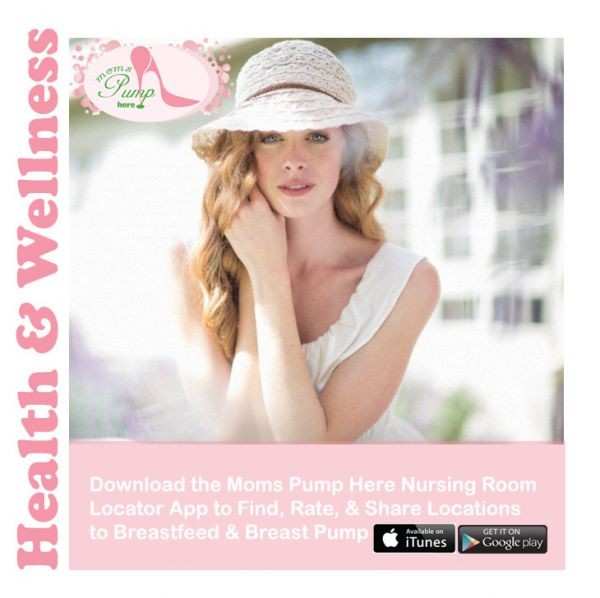We at Moms Pump Here know how important caring for our skin is. From sun protection to spot correction, what does a mom need to know about dermatology while pregnant or breastfeeding? We reached out to Dr. Jennifer Lincoln (who is also International Board Certified Lactation Consultant) with some key questions we hear from moms. Check out the great information she shared with us.
What skin conditions can a pregnant woman expect to be deemed "normal" but might not otherwise seem normal if she were not pregnant? For example, we know many women get different rashes/moles/skin reactions that don't happen when they're not expecting.
Lots! Pregnancy can cause moles to enlarge thanks to the hormones of pregnancy. If you notice this, it’s still a good idea to mention it at a prenatal visit so your doctor or midwife can check and make sure there is no concern for an abnormality, however. Skin sensitivities (to lotions that were previously fine, for example) are common, but not harmful. Noticing the appearance of a dark vertical line on the stomach called the linea nigra and darker areolae are all normal and caused by the hormones of pregnancy. They may seem peculiar, but in fact its Mother Nature’s way of helping your newborn (with very poor vision at birth!) to help locate the breasts and nipple to assist with breastfeeding.
Pregnancy-specific skin conditions such as itching due to cholestasis of pregnancy or the rash and itching caused by pruritic and urticarial papules and plaques of pregnancy (abbreviated PUPPP) occur only in pregnancy, and while not considered “normal” they are skin conditions that can affect only pregnant women – more here on that.
What products/materials should a woman avoid using if she's breastfeeding and/or pumping? (We presume spray tanning, sunless tanning, skin bleaching, but can your staff elaborate?)
None of these are harmful when it comes to products getting into breastmilk per se, but any topical products on mom can theoretically rub off onto her baby while she is nursing or holding her. For example, spray tans have been known to transfer on to babies, leaving them with an orange hue after a nursing session! If you notice your baby’s skin seems irritated by any of these products, or any products with fragrances in general, then go ahead and skip them. Otherwise, there is really no reason to stop using them.
What are thoughts on Vitamin D for a breastfed baby? Some pediatricians recommend a supplement, but some moms prefer to synthesize this material naturally via sun exposure. What would your team prefer a mom to do?
Vitamin D supplementation in breastfed babies is so important, and one that the American Academy of Pediatrics has recommended for decades. The traditional recommendation is 400 IU a day, given to baby in liquid form (and versions exist that are a single tasteless drop that can be placed on a mother’s or bottle nipple for easy administration). More recently, newer studies have shown that breastfeeding mothers who consume 6400 IU of vitamin D a day can skip supplementing their babies as the amount they ingest is sufficient to transfer to the baby, but this is still a newer concept. Babies have very sensitive skin, so skipping the supplement in favor of sun exposure at such a young age is not recommended as their sole source of vitamin D. More on vitamin D here!
For additional information on skin care concerns while pregnant or nursing, contact your care provider or see a dermatologist.


